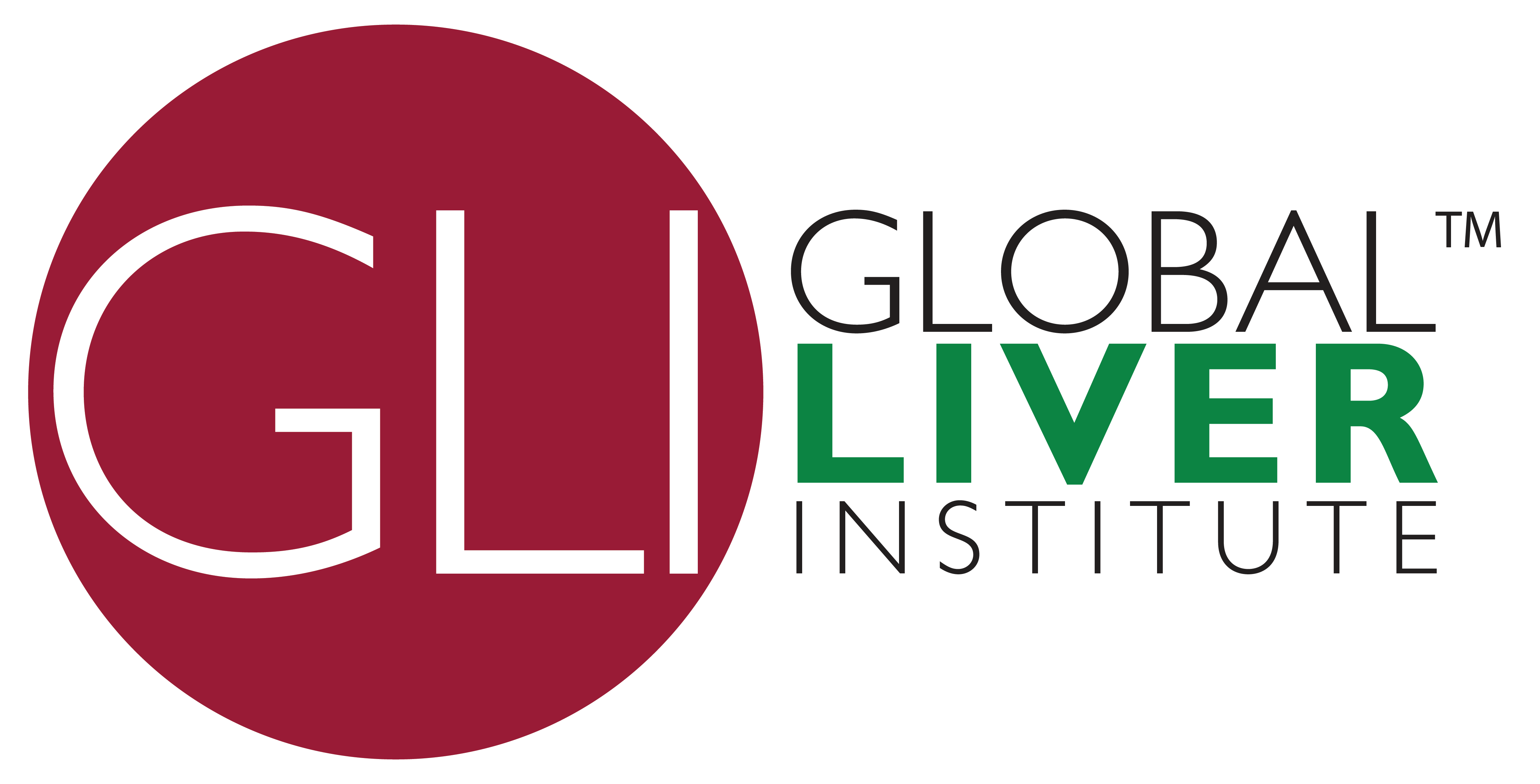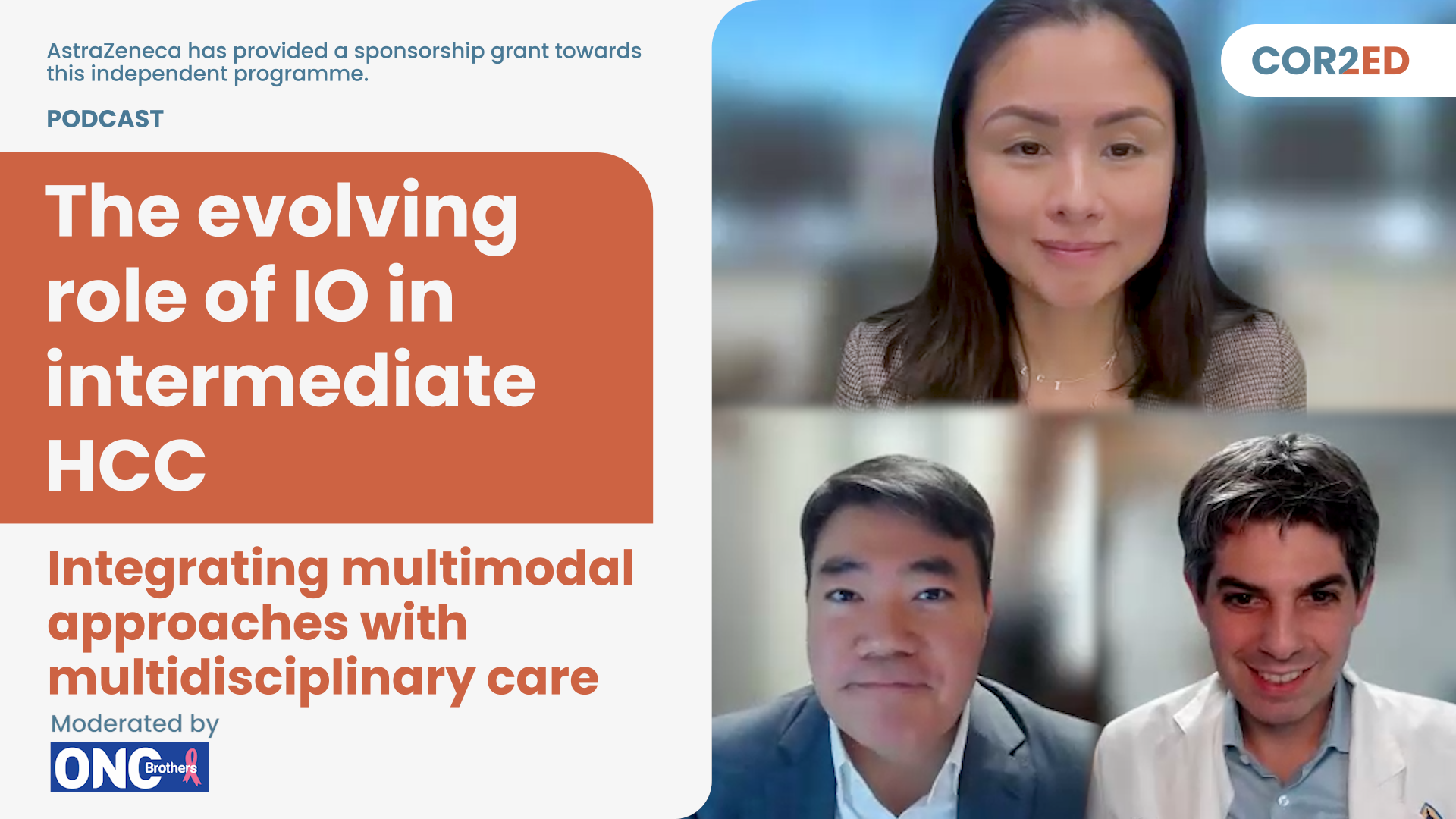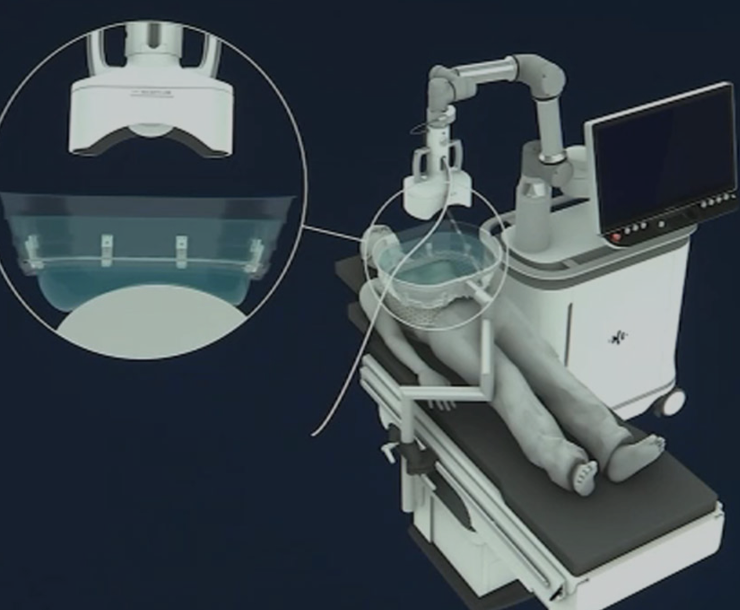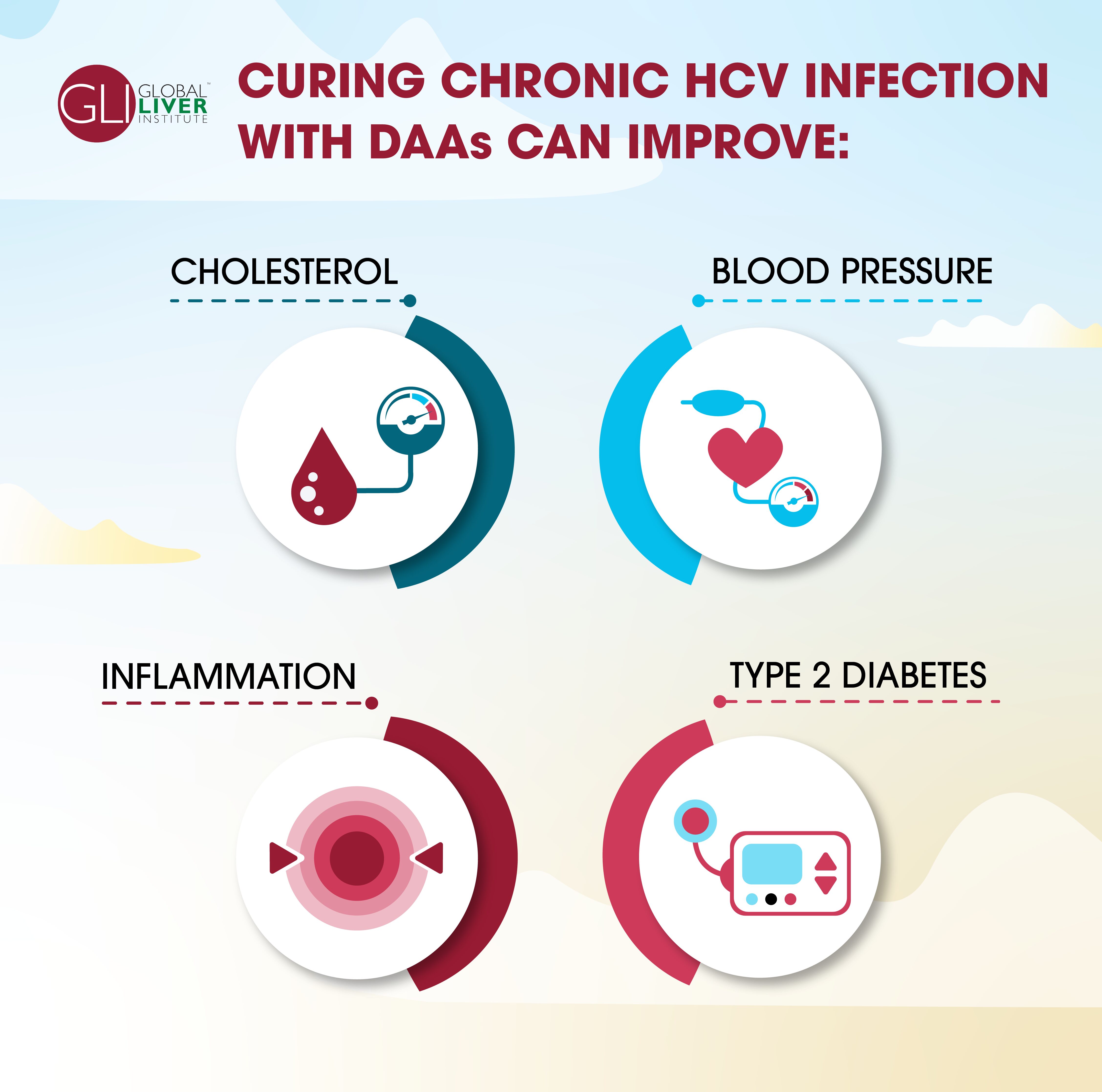
Advances in Liver Cancer Treatment & Research
Liver cancer continues to be a growing public health concern, with new research and treatment innovations shaping the future of care. This newsletter brings you the latest advancements in the field, including promising therapies, diagnostic breakthroughs, and discussions on the rising impact of metabolic and alcohol-related liver diseases. Stay informed with expert insights and emerging strategies that could improve patient outcomes.
HCC-LIVE Conference
Sarah Manes, GLI’s Liver Cancers Program Director, had the honor of speaking on two panels at the HCC-Live Conference in Texas on February 22. She participated in the Patient Perspective Panel, moderated by Karim J. Halazun, MD, FACS, alongside Alan Wang from the Hepatitis B Foundation, with a patient story shared by Nick and Melissa Oprish.
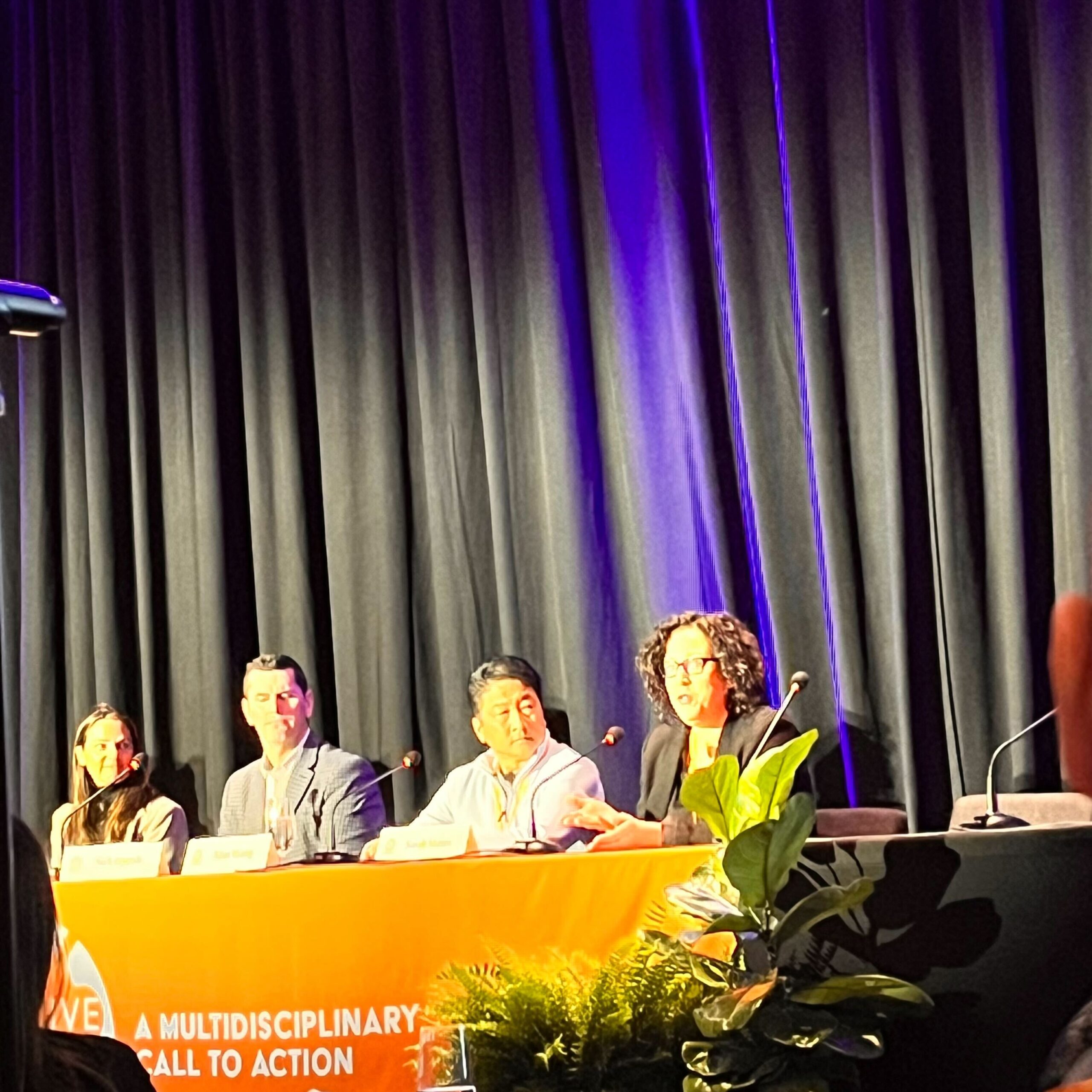
Additionally, Sarah spoke at the Pipeline Discussion—Making the Invisible Visible in Clinical Research, sponsored by Genentech. This panel was moderated by Anjana Pillai, MD, and featured panelist Mark Yarchoan, MD.

COR2ED HCC Podcast Series
Cor2ed released the final episode of their four-part podcast series on hepatocellular carcinoma (HCC). In this episode, The Oncology Brothers, Dr. Rahul and Dr. Rohit Gosain, are joined by radiation oncologist Dr. Nina Sanford, interventional radiologist Dr. Edward Kim, and medical oncologist Dr. Mark Yaron to explore strategies for optimizing treatment in patients with intermediate-stage HCC. The discussion delves into the integration of new immunotherapies, the benefits of combining treatment modalities, and the critical role of multidisciplinary collaboration in developing individualized treatment plans.
New Treatment Called Histotripsy Kills Cancer Cells with Sound and Water
Histotripsy, a new FDA-approved groundbreaking procedure, uses ultrasound waves to destroy malignant and benign liver tumors without the need for incisions. The advanced ultrasound technology creates high energy ultrasound waves that convert to sonic beams. These ultrasound waves then form bubble clouds that implode and collapse rapidly, effectively liquefying the tumor while sparing surrounding tissue. Histotripsy provides significant benefits by reducing the risk of complications such as infection and bleeding. It is particularly beneficial for patients who are not candidates for open surgery or whose tumors are considered inoperable.
Unique characteristics of a rare liver cancer identified as clinical trial of new treatment begins
A recent study has uncovered important insights about fibrolamellar hepatocellular carcinoma (FLC), a rare type of liver cancer that most often affects children, teenagers, and young adults. Researchers found that FLC shows a unique pattern in how its genes work, setting it apart from other liver cancers. Researchers at Rockefeller University’s Laboratory of Cellular Biophysics have identified 301 genes that behave differently in FLC, and discovered that 35 of those genes are especially active only in FLC. This breakthrough could lead to better tests for early detection and more personalized treatment options. A clinical trial is now testing a new drug combination to fight FLC. These findings provide new information that can help refine the detection of the disease, change the course of treatment, and increase patient survival rates.
New Model Estimates Hepatocellular Carcinoma Risk in Patients With Chronic Hepatitis B
A new prognostic model, called Revised REACH-B (reREACH-B), shows potential in predicting and stratifying the risks for hepatocellular carcinoma (HCC) in chronic hepatitis B (CHB) patients without cirrhosis who aren’t on antiviral treatment. The reREACH-B model incorporates six variables: age, sex, platelet count, HBV DNA level, ALT, and hepatitis B e-antigen (HBeAg) – to assess risk, and found that patients with moderate HBV levels have the highest risk. This tool can guide timely decisions about enrolling patients in regular liver cancer monitoring programs.
How the Hepatitis C Cure Affects Other Chronic Conditions
Hepatitis C infection is a chronic infection of the liver by the hepatitis C virus (HCV) that continues to affect millions of people across the globe. Left untreated, infection with hepatitis C leads to worsening liver damage and puts the body in distress, which can lead to brain fog, abdominal pain, and internal bleeding. Since 2014, direct-acting antiviral (DAA) medications have proven to cure hepatitis C infection for over 95% of cases, improving overall well-being and reducing complications related to liver health. In a recent blog post, learn about how a U.S. study found that one year after treatment, nearly half of patients with diabetes saw improvements, with some also reporting better cholesterol and blood pressure. Given HCV’s impact on liver and heart health, the CDC recommends that all adults get screened at least once, with pregnant individuals screened during each pregnancy, making early detection and treatment essential for long-term health.
Upcoming Events:
- March 3, 2025: Hepatobiliary Online Support Group
- March 11, 2025: Preventing Liver Cancer from Birth with the Hepatitis B Vaccine, Part 1: Understanding the Science & Date
- March 12, 2025: Liver & Small Bowel Transplant Support Group
- March 14-15, 2025: GLI’s Advanced Advocacy Academy UK
- March 18, 2025: Preventing Liver Cancer from Birth with the Hepatitis B Vaccine, Part 2: Discussing Childhood Vaccines in a Changing Landscape
- March 26, 2025: Liver & Small Bowel Transplant Support Group
- March 27, 2025: What to Know About Taking Time Off Work
For more information about the Liver Cancers Council or to learn more about joining, please visit https://globalliver.org/liver-cancers-council/ or email cancer@globalliver.org
